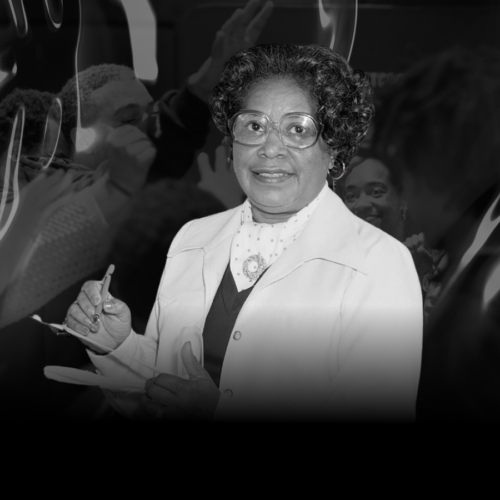black tech legacy

Mary Jackson
Mary Jackson was born and raised in Hampton, Virginia where she graduated with high honors from high school and received a bachelor of science degree from the Hampton Institute (now Hampton University) in Mathematics and Physical Science in 1942.
Encouraged by her engineering peer, Kazimierz Czarnecki, she entered a training program that would allow her to earn a promotion from mathematician to engineer. Trainees had to take graduate-level math and physics in after-work courses managed by the University of Virginia. Because the classes were held at then-segregated Hampton High School, however, she needed special permission from the City of Hampton to join her white peers in the classroom. Never one to flinch in the face of a challenge, she requested and received permission to attend the classes. She completed the courses, earned the promotion, and in 1958 became NASA’s first African-American female engineer.
As a computer with the all-black West Area Computing section, she worked with wind tunnels and flight experiments. Her role and contribution was to extract the relevant data from experiments and flight tests, data that is still used today. She also tried to help other women advance in their career, according to the biography, by advising them on what educational opportunities to pursue.
She retired from Langley in 1985. Among her many honors were an Apollo Group Achievement Award, and being named Langley’s Volunteer of the Year in 1976. She served as the Chairperson for one of the Center’s annual United Way campaigns, was a Girl Scout troop leader for more than three decades, and a member of the National Technical Association.
